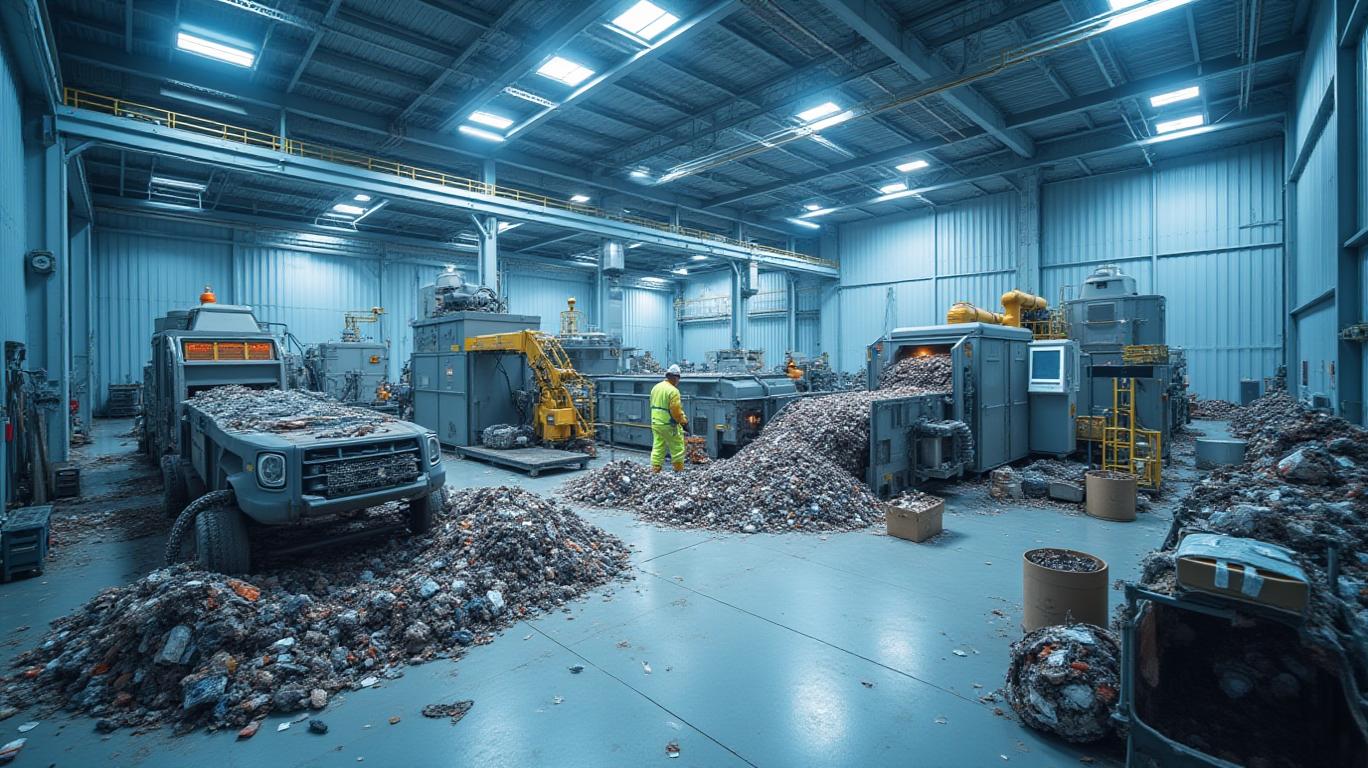Umicore’s ESG-Driven Resilience Amid BlackRock’s Shareholder Moves
The battery materials sector is at the heart of the global transition to clean energy, and Umicore (UMI.BR) stands out as a leader in recycling and sustainable materials. Recent transparency notifications from BlackRock (BLK), a key shareholder, reveal shifting dynamics in the sector—particularly around ESG compliance risks and opportunities. For investors, this is a moment to consider Umicore’s strategic positioning in a market where regulatory uncertainty and ESG scrutiny are reshaping capital flows.
The BlackRock Factor: Voting Rights Fluctuations Signal Strategic Interest
BlackRock’s May 2025 notifications—crossing the 3% voting rights threshold three times in six days—highlight its active engagement with Umicore. By May 14, BlackRock held 4.02% of the company, up from 3.41% in January. This volatility suggests BlackRock is recalibrating its stake in response to evolving ESG and regulatory landscapes.
The timing aligns with heightened scrutiny of ESG disclosures, as U.S. and European regulators clash over reporting standards. BlackRock’s moves may reflect confidence in Umicore’s ability to navigate these challenges—or a tactical adjustment as the sector’s ESG credibility is tested.
Umicore’s ESG Playbook: Resilience Through Circular Innovation
Umicore’s Q1 2025 results underscore its ESG-driven model. While its Battery Materials Solutions segment (cathode production and recycling) met expectations, the Recycling Business Group thrived, benefiting from rising prices for specialty metals and investor demand for “safe-haven” gold and silver. This aligns with Umicore’s circular economy strategy, which reduces reliance on virgin materials and cuts carbon footprints—a key ESG advantage.

The company’s flexible global supply chain further insulates it from risks like U.S. tariffs. Umicore expects to offset tariff impacts through contractual safeguards and geographic diversification, a testament to its proactive risk management. This resilience is critical as ESG investors prioritize firms that can withstand regulatory shifts.
ESG Risks: Regulatory Whiplash and Legal Battles
The sector faces headwinds. In the U.S., the SEC’s stalled climate disclosure rule and state-level anti-ESG legislation have created fragmentation. Meanwhile, the EU’s delayed Corporate Sustainability Reporting Directive (CSRD) and the UK’s paused Sustainability Disclosure Requirements (SDR) expansions reflect broader uncertainty.
Legal risks loom large. The American Airlines case—a federal court ruling that its pension plan breached fiduciary duty by prioritizing ESG—has spooked investors. BlackRock itself faced a Tennessee settlement requiring enhanced ESG transparency, signaling regulators’ growing focus on accountability.
Yet, Umicore’s ESG integration—from recycling to clean mobility—positions it to thrive. Its 2025 EBITDA guidance of €720–780 million assumes stability in metal prices and operational agility, traits that will matter as regulators sharpen their focus.
Why Invest Now?
- Battery Demand Growth: The global EV market is set to expand at ~20% annually, driving demand for Umicore’s cathode materials.
- ESG Tailwinds: Recycling and sustainability credentials are becoming non-negotiable for battery suppliers. Umicore’s circular model meets this demand.
- BlackRock’s Signal: The fund’s stake adjustments suggest confidence in Umicore’s ESG resilience, even amid regulatory noise.
Conclusion: Navigating the ESG Crossroads
The battery materials sector is at a crossroads. Regulatory volatility and ESG litigation could deter passive investors, but Umicore’s focus on circularity and risk mitigation makes it a standout. With BlackRock’s active engagement and a Q1 performance that defied macro headwinds, Umicore is primed to capitalize on the clean energy transition.
For investors seeking exposure to a sector critical to decarbonization, Umicore offers a compelling mix of ESG credibility, operational strength, and growth potential. Now is the time to position for the next phase of the battery revolution.
Act decisively before regulatory clarity—or turbulence—reshapes the landscape.

Comments
No comments yet